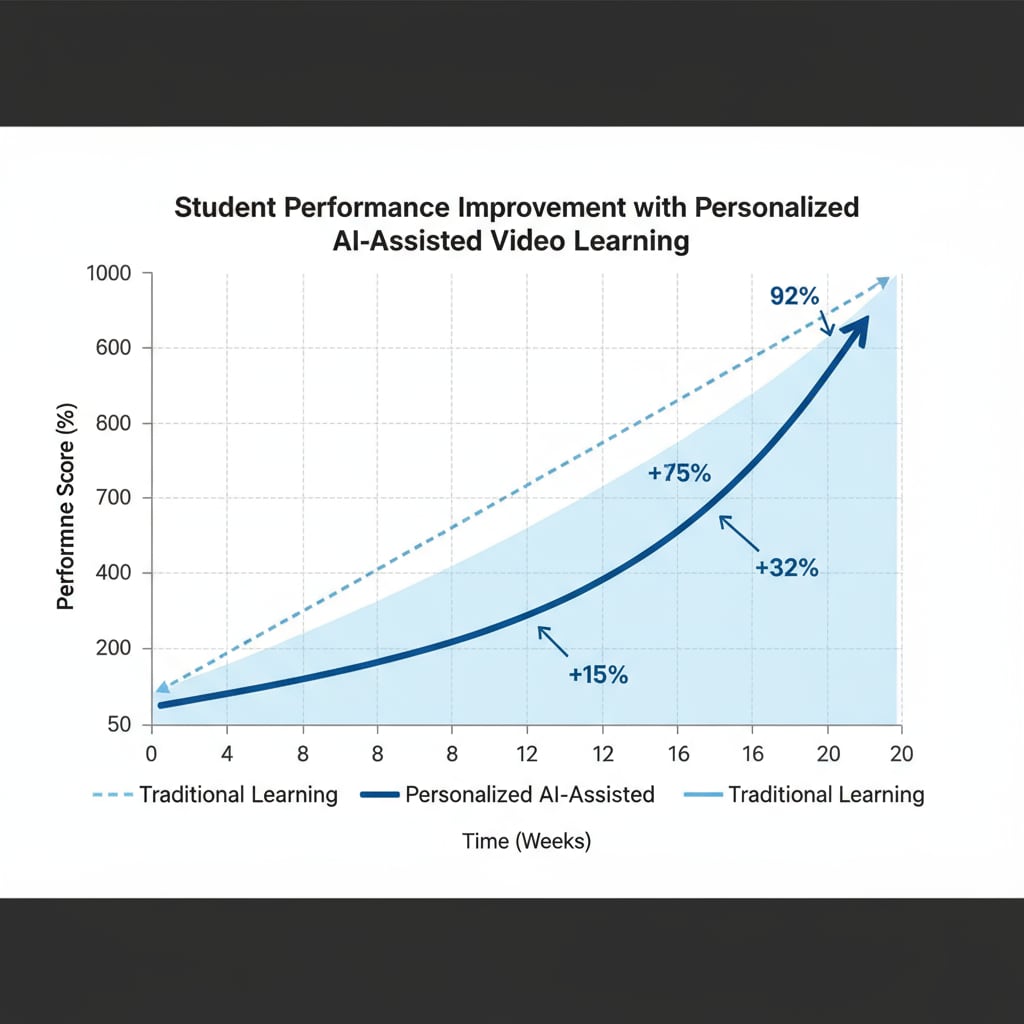AI – assisted video teaching tools have emerged as a powerful force in the realm of K12 education, holding great promise for promoting educational equity. In today’s digital age, these tools are revolutionizing the way students learn and are leveling the playing field for learners across different backgrounds.

The Promise of AI in K12 Video Teaching
AI brings several advantages to video – based K12 education. Firstly, it can personalize the learning experience. For example, AI algorithms can analyze a student’s learning pace, strengths, and weaknesses by tracking their interactions with video content. Based on this analysis, the system can then provide customized learning paths, ensuring that each student receives the support they need. This is a significant step towards educational equity as it caters to the diverse needs of students, regardless of their initial academic abilities. According to Britannica’s Educational Technology entry, personalized learning has the potential to engage students more effectively and improve their learning outcomes.

Intelligent Summarization for Struggling Learners
One of the most notable features of AI – assisted video teaching tools is the intelligent summarization function. This is particularly beneficial for students who may have difficulty keeping up with the content in regular video lessons. The AI can generate concise summaries of the key points in a video, which helps these students better understand the main ideas. In addition, it can break down complex concepts into simpler, more digestible parts. As a result, students who might otherwise be left behind can now actively participate in the learning process. As Wikipedia’s page on Artificial Intelligence in Education states, such tools are designed to bridge the gap between different learning abilities.
However, with these promising applications come challenges. One of the major concerns is the ethical implications. For instance, there may be issues regarding data privacy. Since AI tools rely on collecting and analyzing student data, ensuring the security and proper use of this data is crucial. If student data is misused or leaked, it could have serious consequences for the students and their families. Another challenge is the potential for bias in the AI algorithms. If the algorithms are trained on data that contains biases, they may provide unfair advantages or disadvantages to certain groups of students.
In conclusion, AI – assisted video teaching tools have immense potential in promoting educational equity in K12 education. They offer personalized learning experiences and valuable support to struggling students through features like intelligent summarization. However, it is essential to address the ethical challenges associated with these tools. By finding a balance between technological innovation and the protection of students’ rights and well – being, we can ensure that these tools are used effectively to create a more equitable educational landscape.
Readability guidance: The article uses short paragraphs and lists to summarize key points. Each H2 section provides a clear set of ideas. The passive语态 is kept to a minimum, and long sentences are carefully structured. Transition words are used throughout to enhance the flow of the article.


